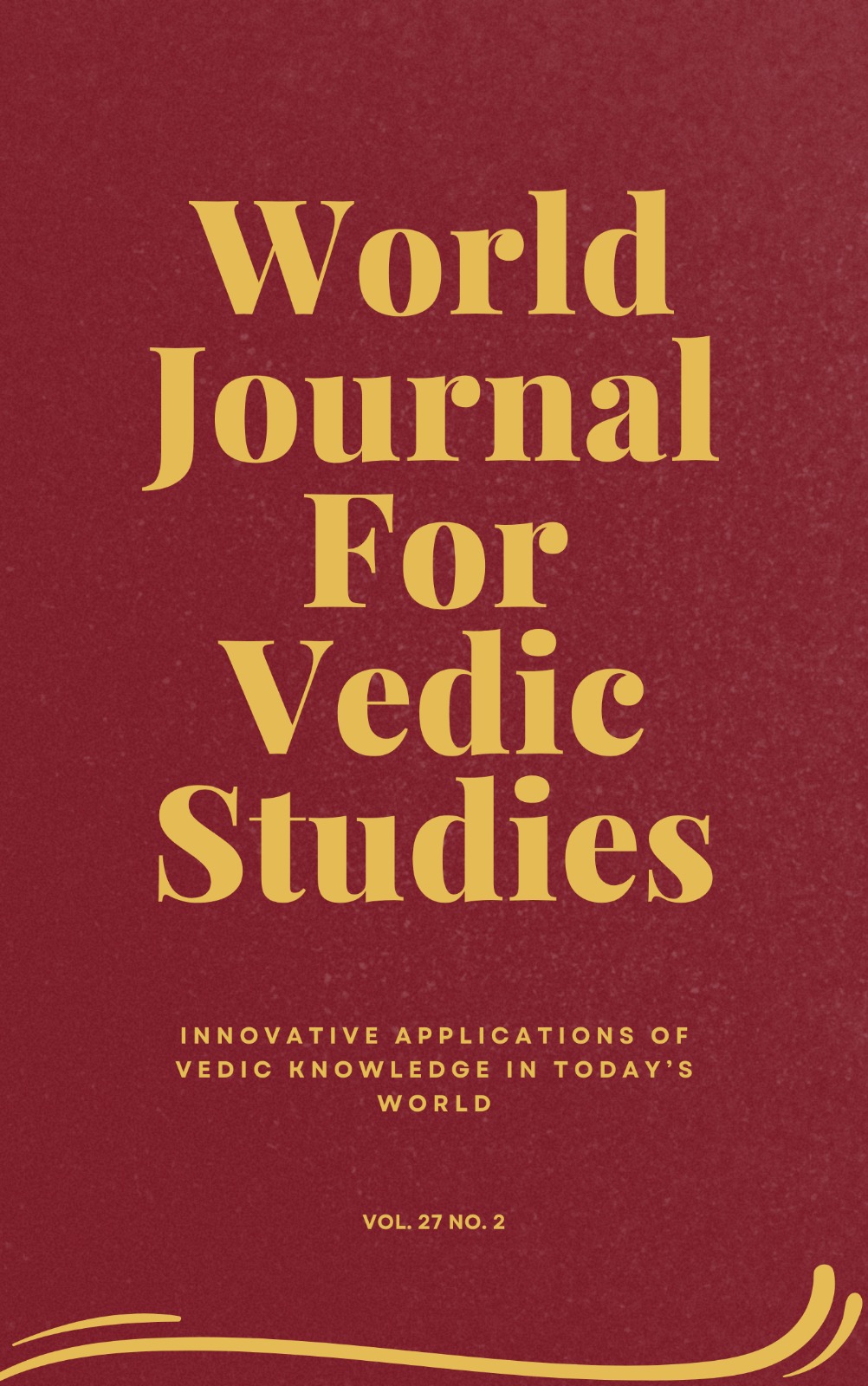Vedic Interpretation by Western Scholars: Relevant for Multidimensional Study
Main Article Content
Abstract
The Vedic interpretation has a glorious tradition of at least five thousand years. Several interpretations presented by ancient and modern Indian commentators, as well as by medieval and modern western scholars illustrate the importance and depth of the meaning of Vedic verses and texts. There are many direct or indirect theories available today for Vedic interpretation. Here an attempt has been made to give a brief account of some important western scholars of European countries who worked in the field of Vedic interpretation and research for last three centuries. They paid immense attention on Vedic knowledge from eighteenth century onward and have tried to understand Vedas in context of history, myths, customs and popular religious notions of the Vedic people. Many scholars of Europe took great effort for understanding the adequate shades of meaning of the Vedic Mantras and Vedic texts. H. H. Wilson, student of Indologist, Colebrooke did path-breaking publication in his English-translation of the Ṛgveda. He was follower of Sāyaṇa and took Friedrich Max Muller’s edition of Ṛgveda as a safe authority for commentary. Theoder Benfey, W. R. Von Roth, L.Von Schroeder, Albrecht Weber, Alfred Hillebrandt, Karl Geldner, Hermann Oldenberg, and few others from Germany; William Dwight Whitney, David Frawley from USA; Maurice Bloomfield from Austria; Louis Renou from France; A.A. Macdonell, A.B. Keith, Ralph T.H. Griffith from England; Jan Gonda from Netherlands; Milena Bratoeva from Bulgaria are some prominent Indologists. Extensive venture of western scholars for the revival of Vedic study and research is unparalleled.

